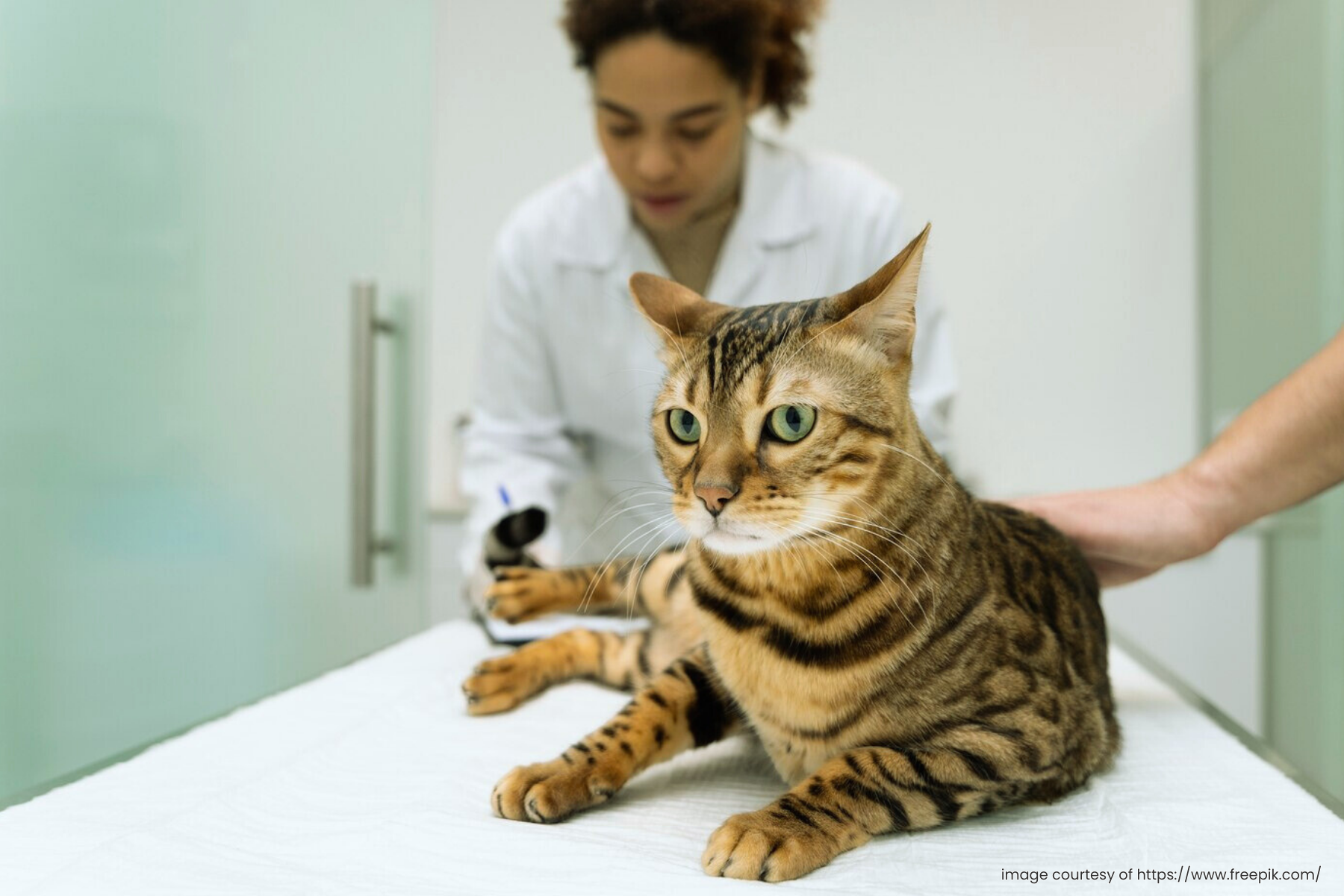Moving your cat to a new home can be a traumatic experience. Some cat behavior problems might hinder the move or make it stressful. Cats are so sensitive that the moment that you begin to pack they will suspect that something is up. They will start to exhibit different attitudes sure as aggression, not use the litter box or scratching. However, you can prevent all these from happening by offering her a lot of assurance and care.
Before Moving
A few weeks before moving, try to isolate the cat in his most favorite room while you are packing. Leave that area untouched until the final moment to reduce his anxiety. Make sure you feed your cat about half as much as she normally feeds – avoid overfeeding. This will minimize her chances of vomiting during the journey. When moving to a new home, you are most likely to travel in your car.
You will have to train your cat to get used to a pet carrier a few weeks before you travel. Ensure that you get the carrier that best fits your cat breed to avoid complications with carriers. Keeping the carrier nearby and letting them get familiar with it before they need to use it can be a great help. Some cats are not comfortable with carriers; however, this is better than them being loose in the car during the move, which can be dangerous.
After Moving
After moving to your new home and before you do anything else, set your cat up in her room. Be patient and give her some time to inspect and familiarize herself with her room. Preparing her tree, bed, litter box, mat, carrier, and favorite toys may also help.
Wear a collar
The next thing to do is to wear your cat a collar and tag. This protective device will help you reunite with your pet in case something awful goes wrong. Fill in your new contact address and information on it on the first day at your new home.
Microchipping your cat, can also be useful in the case the cat loses the collar.
At first, some cat may be resentful of the changes to their life depending on your cat’s temperament. However, with time, your cat is going to adapt to its new home. During the period of readjustment, it is a wise idea for you to spend a little extra time with your pet. Showing her love and giving her attention will make the adaptation faster.
Find a new vet
Find a new vet in your neighborhood that will tend to your cat when needed. Also, contact your previous vet to send your cat’s records transferred to the new one. Many vets are backed up and not taking new patients, so call around and find someone to get your cat situated with the vet before any emergencies happen.
We hope your move goes well and your cat finds joy in his new home,

Pin it:






